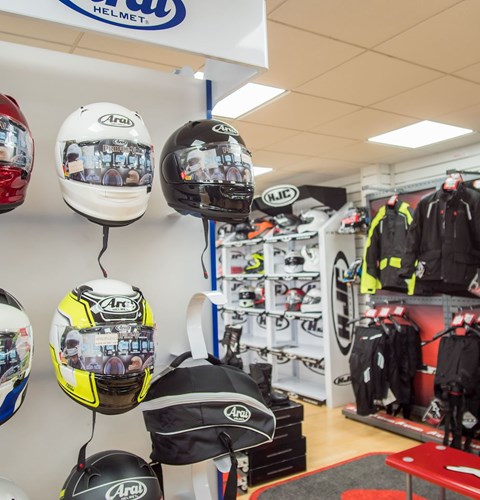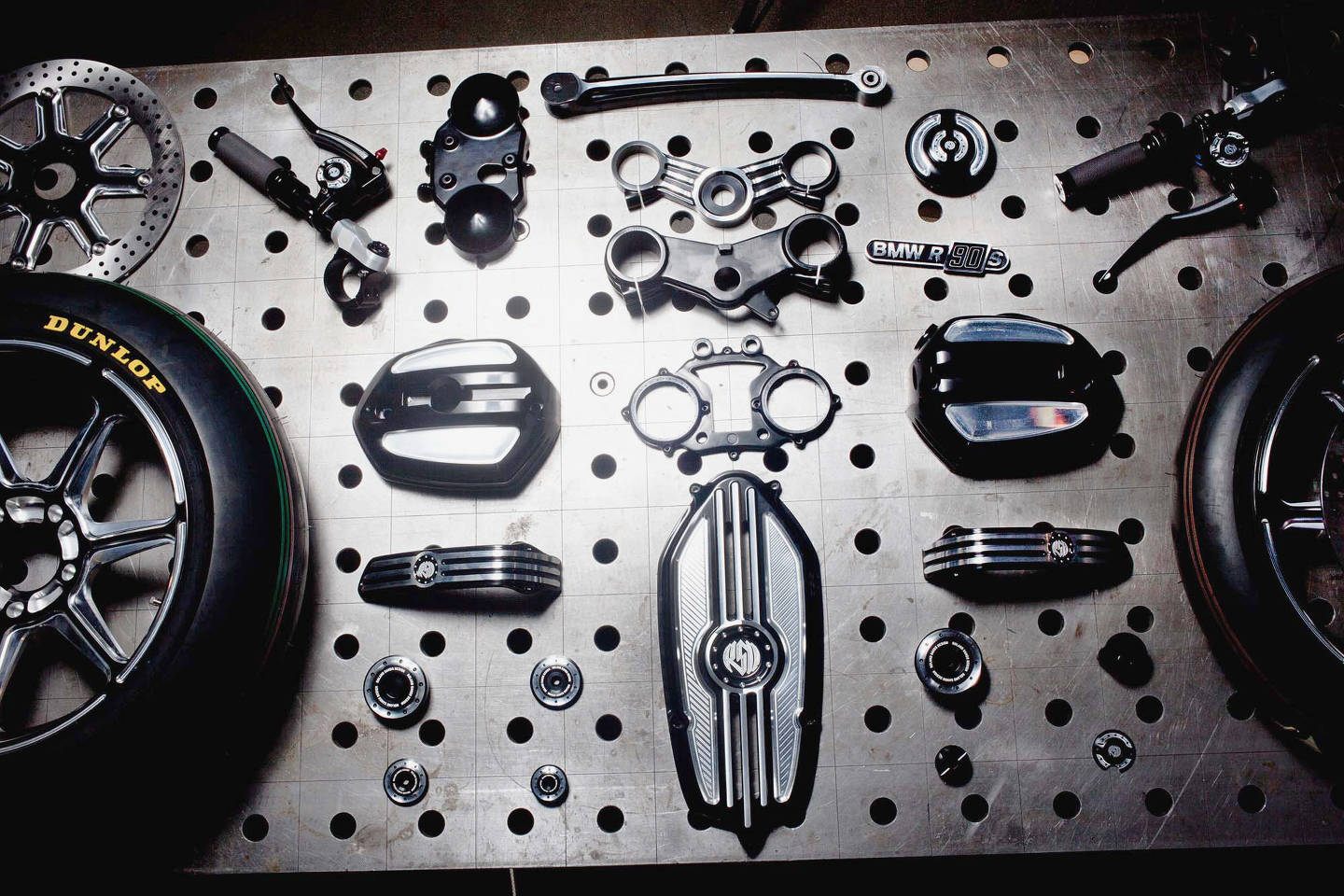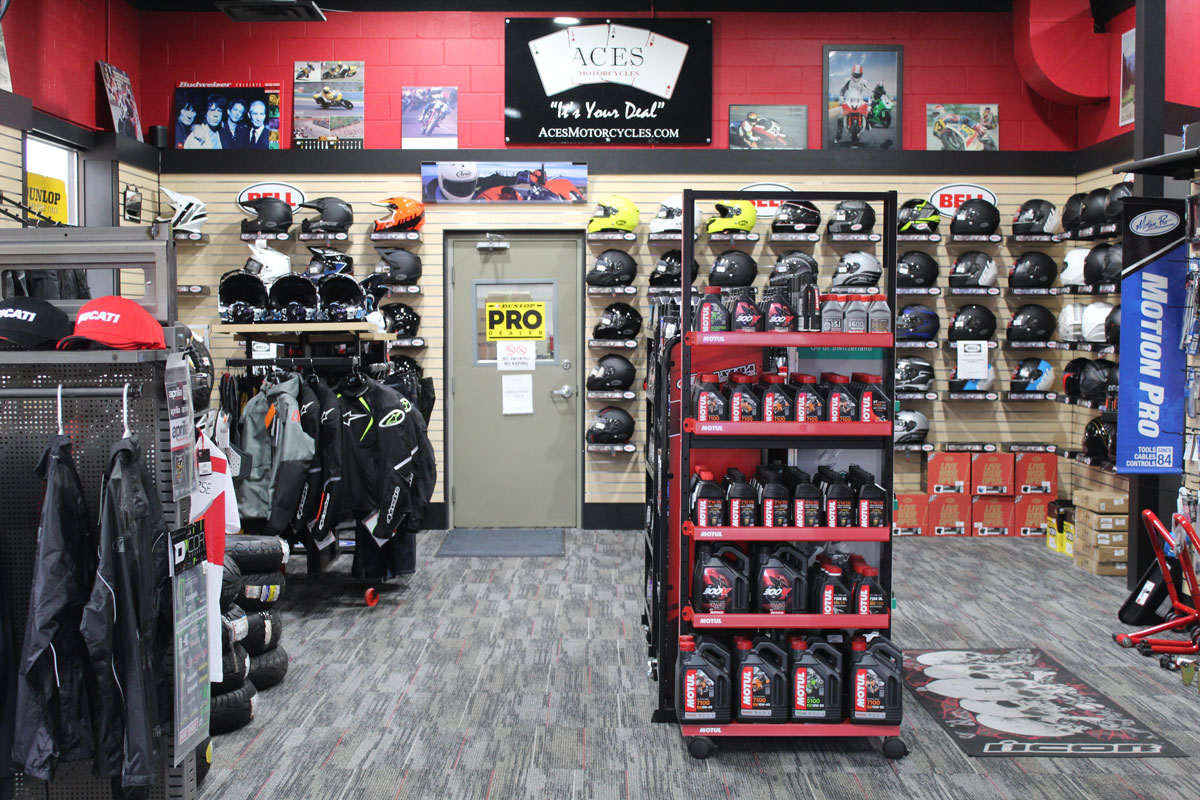Discover Top Quality Moto Parts NZ for All Your Motorcycle Requirements
Discover Top Quality Moto Parts NZ for All Your Motorcycle Requirements
Blog Article
Mastering Motorcycle Gears: Just How to Maximize Your Riding Experience
In the world of motorcycling, grasping the art of gear adjustment is critical for boosting your riding efficiency. Correctly understanding and utilizing motorcycle equipments can substantially affect fuel, velocity, and control performance, changing an average ride right into a seamless, electrifying trip. By incorporating specific change timing and adapting gear selection to different road problems, bikers can ensure optimum engine performance and safety and security. The nuances of clutch control, throttle control, and gear technicians beckon a much deeper exploration, assuring to open the full capacity of your machine. Exactly how can these strategies be taken advantage of to truly enhance your riding experience?
Understanding Gear Mechanics
At the core of motorbike dynamics, equipment technicians play a crucial duty in transforming engine power into motion, ultimately determining speed and control. The gear ratios, carefully made, establish the connection between engine changes and wheel turns, influencing acceleration and gas performance.
Comprehending gear technicians starts with identifying the importance of the transmission, which houses several gears of differing sizes. These equipments communicate via a procedure known as meshing, where teeth of various gears involve to transfer power. The precision of this communication is important; any imbalance or damage can bring about inefficient power transfer, hindering efficiency. Additionally, the setup and size of gears affect the motorbike's capacity to manage different lots and speeds.
Moreover, the principle of gear moving is important to taking full advantage of efficiency. Smooth and timely changes guarantee that the engine runs within its optimal power band, stopping unneeded strain and enhancing durability (motocross gear). By understanding these mechanical ins and outs, cyclists can achieve an unified mix of control, effectiveness, and power, boosting their riding experience
Timing Your Changes
Shift timing mastery is vital for maximizing motorbike performance and improving the riding experience. Effectively timed changes ensure that the engine operates within its optimal power band, which is essential for preserving control, accomplishing smooth acceleration, and making sure the durability of the motorcycle. Bikers should establish an user-friendly feeling of when to change equipments, which includes comprehending the connection between engine revolutions per minute (RPM) and speed.
To master shift timing, pay close attention to the engine's sound and really feel, as these give essential hints regarding when to change gears. The ideal change factor normally takes place when the engine approaches the upper variety of its power band without getting to the redline. Moving too early can lead to an absence of power, while changing as well late may create unnecessary engine strain
In addition, roadway problems and riding design impact change timing. For example, in urban setups, smoother and a lot more frequent changes may be necessary to navigate website traffic effectively. In comparison, during freeway riding, fewer shifts at greater rates can be better suited. Exercising in varied settings will boost your ability to time changes exactly, inevitably raising your riding experience to a specialist level.
Enhancing Fuel Performance
While grasping bike gears is vital for efficiency, enhancing fuel effectiveness is just as essential for both financial and ecological reasons. Ideal gas consumption not only minimizes functional costs however also reduces the environmental impact of riding. To attain this, one should comprehend the complex partnership in between equipment selection and engine performance.
Firstly, choosing the ideal equipment at ideal rates can significantly impact fuel usage. Riding in a higher gear at lower speeds can lead to engine lugging, which is harmful to both fuel economic climate and engine wellness. On the other hand, riding in reduced equipments at high rates causes unneeded gas consumption. Therefore, preserving an ideal balance by shifting gears in alignment with roadway problems and prepared for maneuvers is crucial.
In addition, regular upkeep plays a crucial duty in fuel efficiency. Ensuring that the bike is well-tuned, with tidy air filters and correctly inflated tires, can enhance aerodynamics and lower fuel wastage. Taking on a riding style that embraces steady acceleration and smooth slowdown can contribute to far better fuel economy.

Techniques for Smooth Transitions
Accomplishing smooth gear shifts is fundamental to improving the riding experience and guaranteeing the long life of a bike's transmission system. Appropriate equipment changing not only adds to a seamless experience but likewise lessens deterioration on the mechanical parts. To grasp the art of smooth changes, bikers have to concentrate on a couple of vital methods.

Second of all, clutch control plays a critical function. Involving and disengaging the clutch efficiently requires practice. The clutch lever ought to be launched gradually, permitting a smooth transfer of power from the engine to the wheels without causing a shock or abrupt motion.

Adjusting to Roadway Conditions
Navigating diverse roadway problems is an essential ability for any type of motorcyclist aiming to maintain control and safety. Whether you're riding on damp surface areas, gravel roads, or navigating doglegs, your capability to adapt your gear use and riding strategy is paramount. Comprehending exactly how to change your equipments suitably can substantially affect traction and security, making sure a much safer journey.
On damp roads, it is recommended to maintain higher gears to decrease torque and reduce wheel spin. This strategy assists maintain grasp on slippery surface areas, enabling smoother acceleration and slowdown. On the other hand, when riding on Visit This Link crushed rock or irregular surface, reduced gears are more suitable. Reduced gears provide much better control and allow you to react more promptly to unforeseen adjustments in the road surface area.
Sharp contours demand specific equipment administration to stabilize speed and control. Downshifting check over here prior to entering a contour can aid preserve momentum while making certain the bike remains steady throughout the turn. Regular practice in varied problems enhances your capability to react and predict to changes in roadway texture and incline.
Final Thought
Understanding motorcycle gears substantially boosts the riding experience by improving gas, velocity, and control performance. A comprehensive understanding of gear auto mechanics and specific change timing ensures the engine operates within its optimum power band, while smooth transitions via effective clutch and throttle control increase comfort and performance. Adapting gear selection to numerous roadway problems, such as making use of greater gears on wet surface areas and lower gears on gravel, further enhances handling and security. Ultimately, these skills he said boost the total trip.
Understanding gear technicians starts with acknowledging the importance of the gearbox, which houses numerous equipments of varying dimensions. These equipments communicate through a procedure understood as meshing, where teeth of different equipments involve to transmit power (motorcycle parts nz). Gentle changes to the throttle during gear shifts can stop jerky movements and keep a constant riding pace
Whether you're riding on damp surfaces, crushed rock roadways, or navigating sharp turns, your capacity to adapt your equipment use and riding method is vital. Adapting equipment choice to numerous road problems, such as using higher gears on wet surface areas and lower equipments on crushed rock, additional improves handling and security.
Report this page